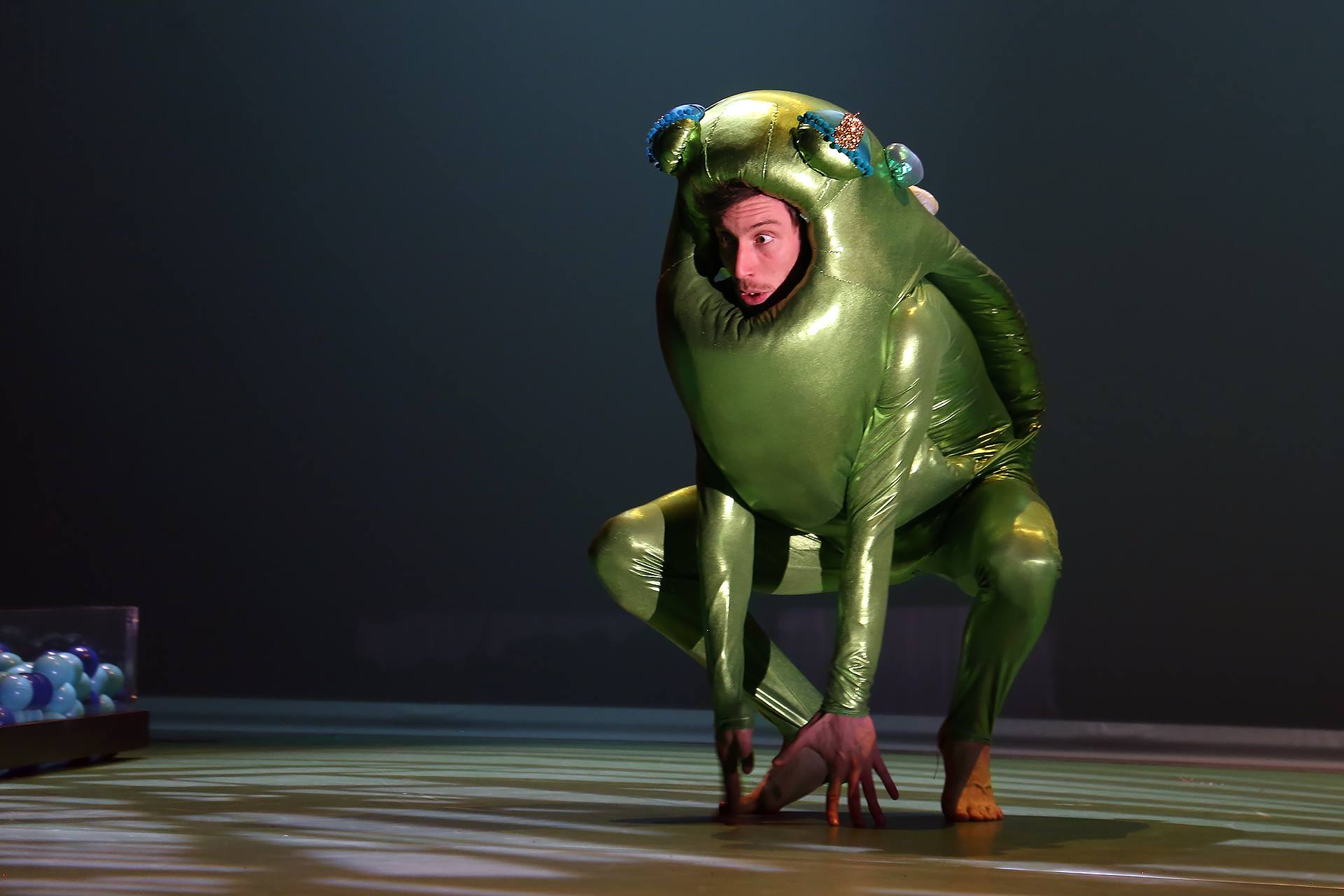After the performance of Eve against Lucy, Darwin’s other nightmare (a scientific battle, pitting Darwinists against creationists) in 2008, the Company is hammering the point home with another show, inspired by an interest in biodiversity and the infinite variety of the animal kingdom and its sexual practices.
We will talk about the fabulous and unprecedented diversity of sexual behaviour and modes of reproduction in the animal kingdom, which encourages us to go beyond mainstream theory and to reconsider heterosexuality and inevitable family lore. Because although our culture teaches us that sex is an activity to perpetuate the species, an activity in which males and females happily co-operate, the natural world demonstrates the narrow-mindedness of this fantasy. Mankind has long seen the world through the filter of his own cultural inclinations, considering this bipartisan vision to be the norm and viewing any other combination as something seemingly unnatural. Unnatural? Really? Let’s take a closer look at what nature has to say on the subject.
On stage, we will see and hear 1 singer, 2 dancers and 1 actress as part of this joyous show which will focus on the amorous behaviour patterns of the living species which populate our planet, enabling us to better understand nature and to tackle the misconceptions about procreation which our culture has perpetuated.













 DARWIN'S Sex Tape_eng
DARWIN'S Sex Tape_eng